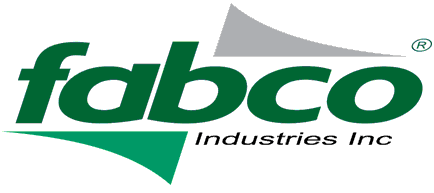Downspout filter is essential when considering stormwater runoff from a commercial or industrial building site, water from rooftops can be overlooked or considered a relatively minor impairment to groundwater contamination. However, scientific studies have shown that rooftops in urban and industrial areas can be loaded with contaminants at far higher concentrations than anticipated. As a result, many stormwater managers are being environmentally pro-active and incorporating Fabco’s DownSpout technology into their designs.
Runoff from roofs, although differing in concentrations from runoff generated from road surfaces or partially sealed surfaces, contains many of the same pollutants including TSS (particulates), nutrients, bacteria, hydrocarbon compounds. Also found are critically heavy metals, in particular: zinc, copper and even lead, which are released as a result of rain water reacting with the materials found in rooftop construction.

Fabco Industries, Inc. has been providing efficient and effective stormwater filter solutions for over 15 years. Our DownSpout systems remove both particulate and soluble pollutants such as heavy metals from rooftop runoff using one or more of our proprietary filter media products contained in sealed replaceable cartridges. The cartridge design has been proven through years of municipal and industrial stormwater use to provide maximum optimization for targeted pollutants while allowing fast exchange and safe disposal. The DownSpout filter can be expanded from the standard two-filter model to facilitate specialized contaminant removal or to accommodate higher flow rates. Above ground and sub-surface DownSpout designs are available.
DownSpout Filter For New Construction
DownSpout filter has been included in many new construction projects and building renovations, including libraries, municipal buildings, museums, hotels, and parking garages. It is also adaptable to existing properties such as waste transfer stations, metal fabricators/suppliers, scrap metal yards and simple metal buildings. DownSpout filters also make an excellent low-cost pre-filter for underground stormwater detention systems, keeping out grit and debris, extending their useful life and reducing costly maintenance.
Talk to us today about the benefits of protecting our water from the top down—with Fabco’s DownSpout.
DownSpout Filter Reference:


